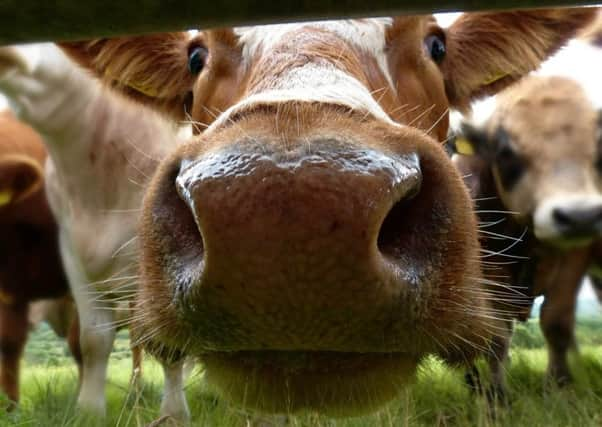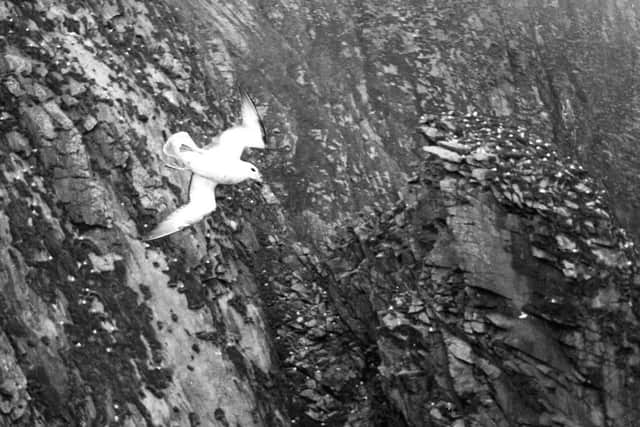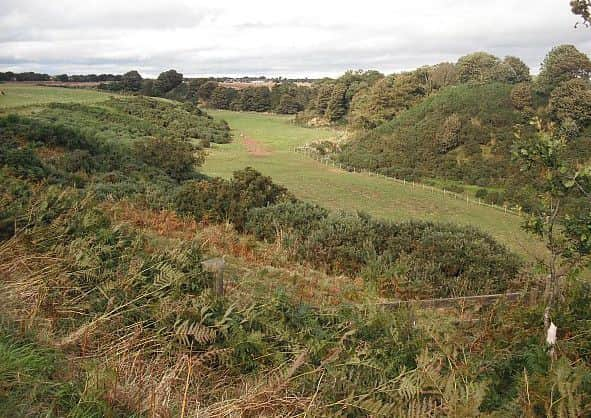The Cow of Prophecy and six other bizarre Scottish stories


We take a look at seven bizarre, and often gruesome, hidden stories from Scottish history.
The Cow of Prophecy
According to legend, the Brahan Seer was a predictor of the future who lived in Scotland in the 17th century.


Advertisement
Hide AdAdvertisement
Hide AdOne of his many curious prophecies related to the great Mackenzie family.
He foretold: ‘The day will come when the Mackenzies of Fairburn shall lose their entire possessions; their castle will become uninhabited and a cow will give birth to a calf in the uppermost chamber of the tower’.
Two centuries later, in 1851, Seer’s prophecy did indeed come true.
Having fallen into dire ruin, Fairburn Tower, between Muir of Ord and Strathpeiffer, was used by a local farmer to store hay.


One day, one of his cows followed a trail of hay up to the top of the tower, and fulfilled the prophecy by becoming stuck, and in a very unfortunate position, forced to give birth.
As news of the act spread, people came from all around to witness the so-called ‘Cow of Prophecy’.
The pour soul was left at the top of the tower for five days and the owner took advantage of the series of events by charging visitors who wishes to bear witness to this prodigious act.


The Bishop that was roasted in butter
Advertisement
Hide AdAdvertisement
Hide AdAdam Melrose, who had been bishop of Caithness since 1214, had become increasingly unpopular with locals due to his high demand for compulsory taxes for the church.
When locals complained of the Bishop to the Earl of Caithness, he is said to have ordered ‘you may roast him if you please!’.
The men did as they were instructed, and after stamping to death one of the unfortunate monks in the Bishop’s control, they then dragged Melrose to his own kitchen, buttered him up and roasted him alive.


Their actions were not without consequence however, as when their horrid deed was brought to King Alexander II he immediately ordered all those responsible to be hanged - or at the very least to have their hands and feet chopped off.
The real-life unicorn woman
Poor Elizabeth Low was forced to undergo an operation in May 1671, to remove an 11-inch horn growing from her forehead.
The young woman, whose original horn was donated to the museum of Edinburgh University, was reported in 1682 to have grown another horn in the exact same place.
The Countess banned from dancing on her husband’s grave
After his death in 1714, it was discovered that George, Earl of Cromartie, had left strict instructions that he should be buried under a monument built on a hill in Dingwall.
Advertisement
Hide AdAdvertisement
Hide AdLater, it emerged the reason for his plans - to stop his wife from her intentions to dance upon his grave.
The ghost bird of St. Kilda
Another poor animal to have suffered in Scottish history was the last known great Auk in the British Isles.
Captured by locals on Scotland’s most remote inhabited isle in 1840, the bird was blamed by St. Kildans for the recent bad weather they had been experiencing.
Killed and buried under a pile of stones, the bird was then said to haunt the island.
Raining fish in Ross-shire
Major Forbes Mackenzie was left gobsmacked in 1828 when one of his fields was completely covered in herring - each fish measuring around four inches long. This led him to draw the obvious conclusion that it had been raining fish.
The King killed by a murdering statue
The daughter of the Mormaer of Angus, Finella, sought revenge on King Kenneth II in 995, as she held him responsible for the death of her son.
She is said to have lured the king to a cottage and urged him to touch the head of a statue of the boy.
Advertisement
Hide AdAdvertisement
Hide AdUnfortunately for the king, after he did so a number of hidden crossbows were released, killing the king.
After his death, Finella fled to the coast near St Cyrus, where she threw herself over the waterfall to her death. The place is still known today as ‘Den Finella’.